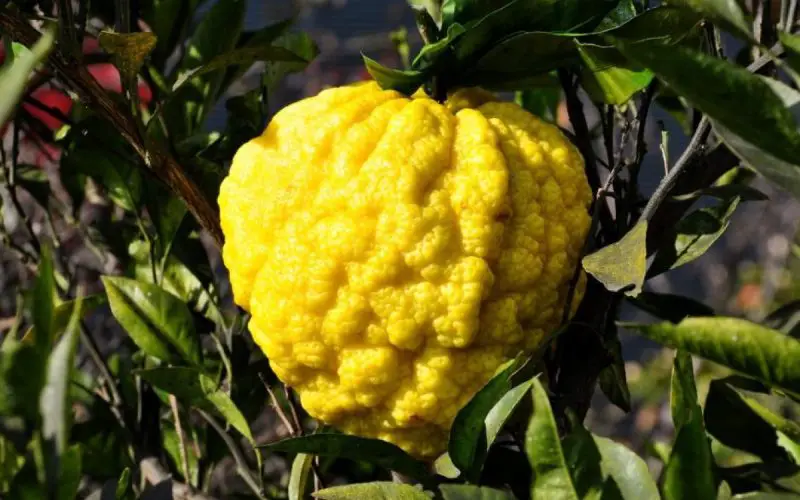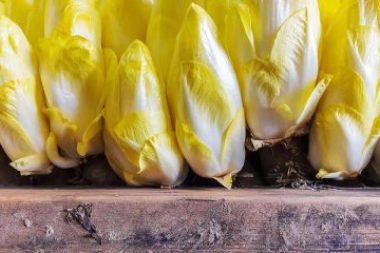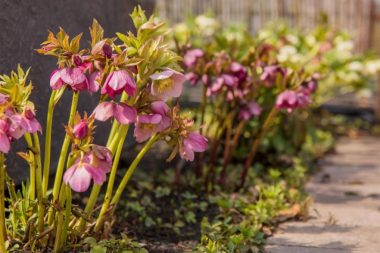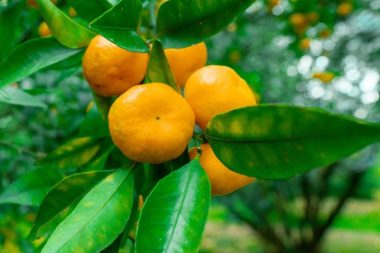Lemon tree, orange tree, mandarin tree… These citrus fruits, very popular in recent years, are grown everywhere in our territory. In open ground on the Mediterranean coast, in pots elsewhere. Because citrus fruits are particularly sensitive to cold. However, the yuzu stands out for its greater hardiness.
Table of Contents
What exactly is yuzu?
Yuzu (Citrus junos) is a lemon tree resulting from the hybridization between a wild mandarin tree and Ichang lemon (Citrus ichangensis).
Yuzu is recognized by its very thick, lumpy and irregular skin, between yellow and orange when ripe.
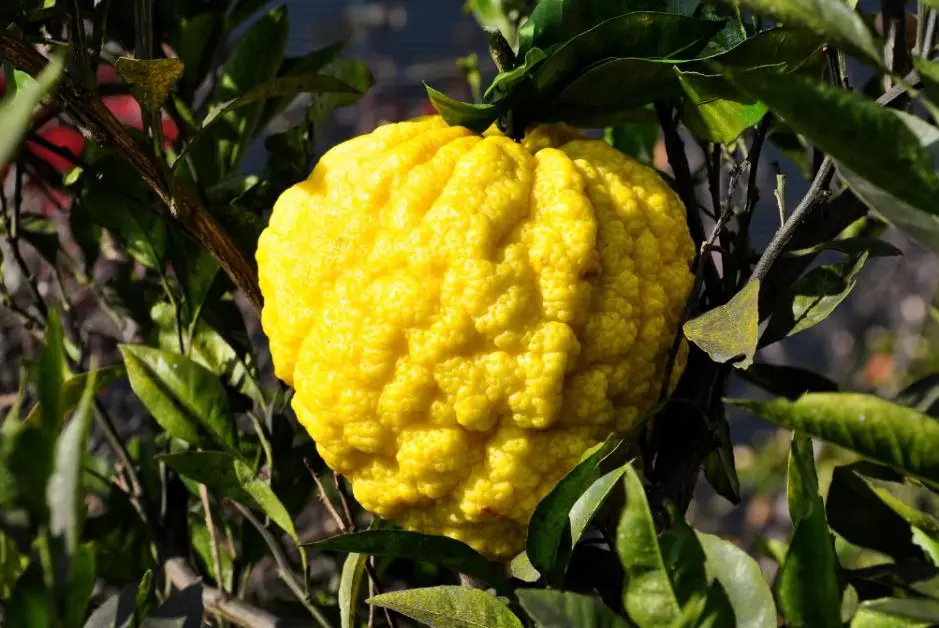
Beneath this skin lies a tangy and fruity flesh that combines the flavors of lime, mandarin, and grapefruit. Yuzu also evokes the flavors of citron and bergamot. It has a very powerful but delicate and refined aroma.
About the size of a mandarin, this citrus fruit contains many seeds and little juice. It is primarily used in the form of juice in Japanese cuisine. The zest is also used in cooking.

Like most citrus fruits, yuzu is rich in vitamins C and A with antioxidant properties. It is therefore recommended for boosting the immune system and fighting cell aging.
Yuzu, a more resilient lemon tree
Yuzu is a small tree, about 3.50 meters tall and 3 meters wide when fully grown. It has the particularity of being much hardier than other citrus fruits such as lemon or orange trees.
Indeed, under good growing conditions, yuzu can withstand winter temperatures down to -10 to -12 °C. This allows for cultivation in open ground in certain regions.

However, it can tolerate some frost, but only for short durations and not on a recurring basis. And the temperature must increase during the day for yuzu to benefit from pleasant winter temperatures.
If possible, yuzu deserves a place in the garden. Especially since it is an interesting small tree from an ornamental point of view: its springtime white blossoms are very fragrant, its branches are very thorny, and its foliage is dark green, glossy, and leathery.
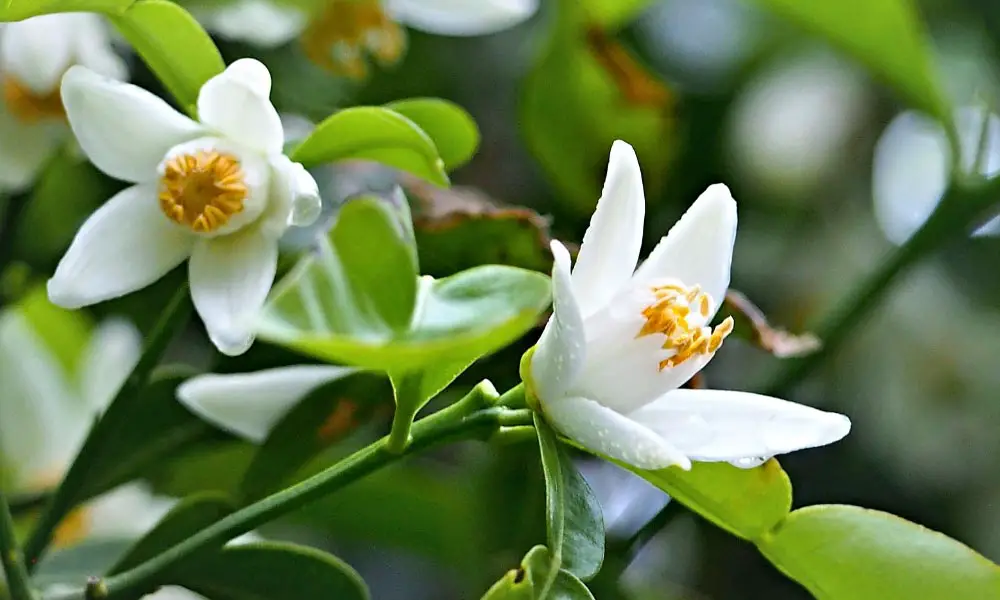
It has a rather slow growth rate. Planting must be done in spring.
How to cultivate yuzu?
Due to its hardiness, yuzu can be planted in open ground on the Mediterranean coast, in the so-called orange tree zone, but more broadly throughout the Mediterranean basin, from the Pyrenees to the Var, almost as far as Valence.
- How to protect a lemon tree in open ground from cold and frost?
- 5 fruits and vegetables you should never eat with the skin!
- What differentiates a fruit from a vegetable?
In this relatively large area, yuzu must be planted in a warm and sunny location, while avoiding excessively scorching sunlight.
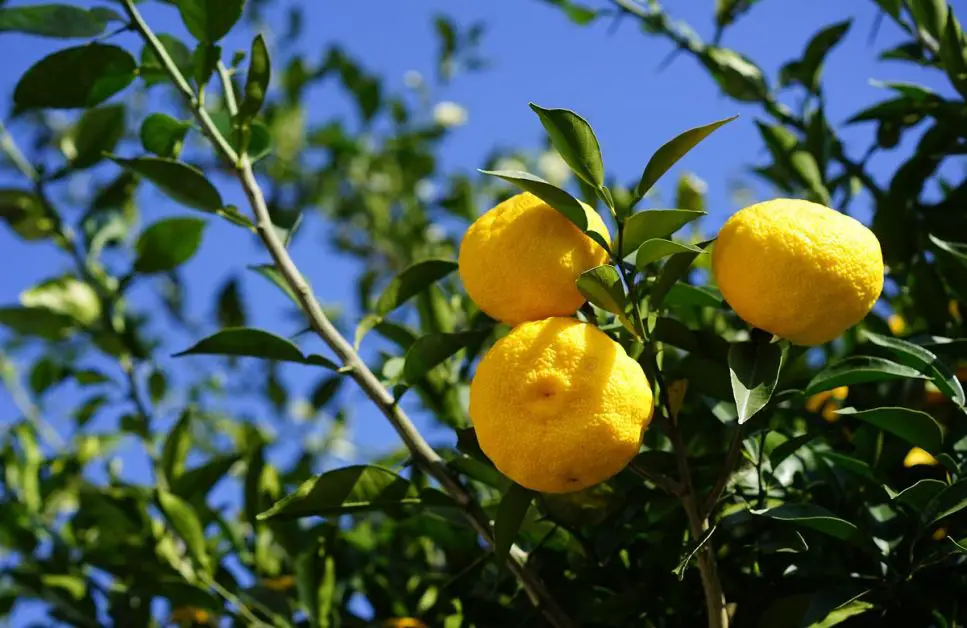
It should be planted in a location that is perfectly sheltered from winds and cold drafts, in a well-drained, rich, and light soil, enriched with compost or special citrus fertilizer.
A moist, waterlogged, and poorly drained soil will compromise its hardiness. It also prefers neutral to slightly acidic soils, but never calcareous soils.
Elsewhere, yuzu is planted in a pot with a substrate composed of garden soil and special citrus potting soil, on a bed of clay pebbles. The pot should be overwintered in a frost-free but cool room in winter, such as a conservatory or winter garden.
